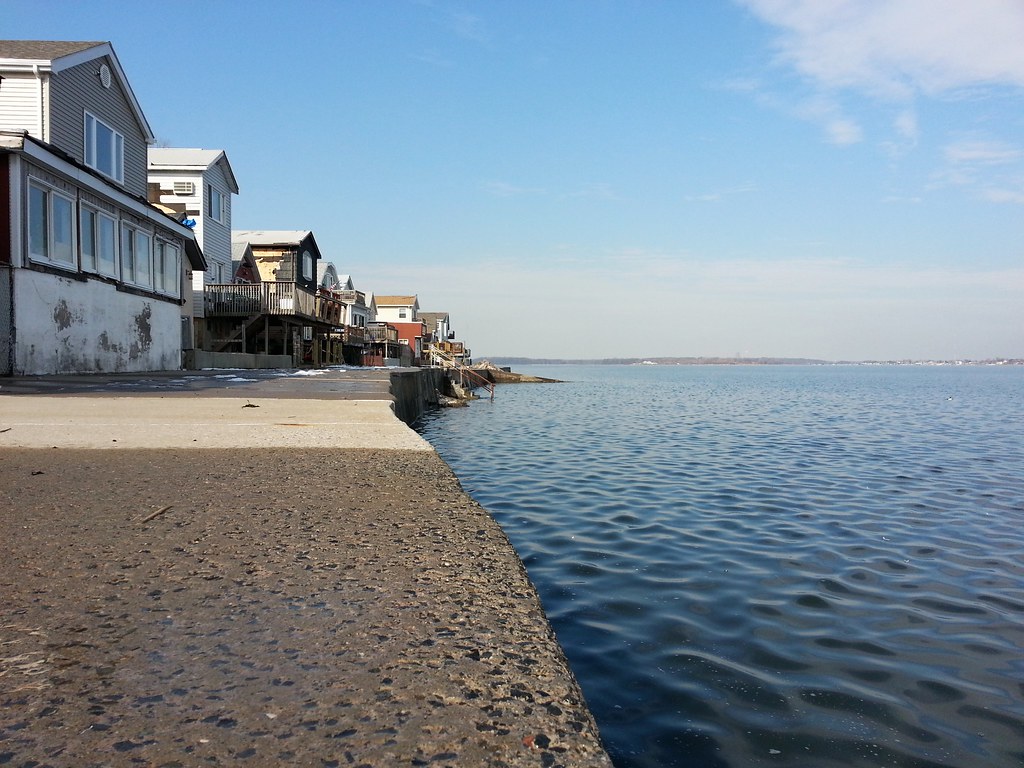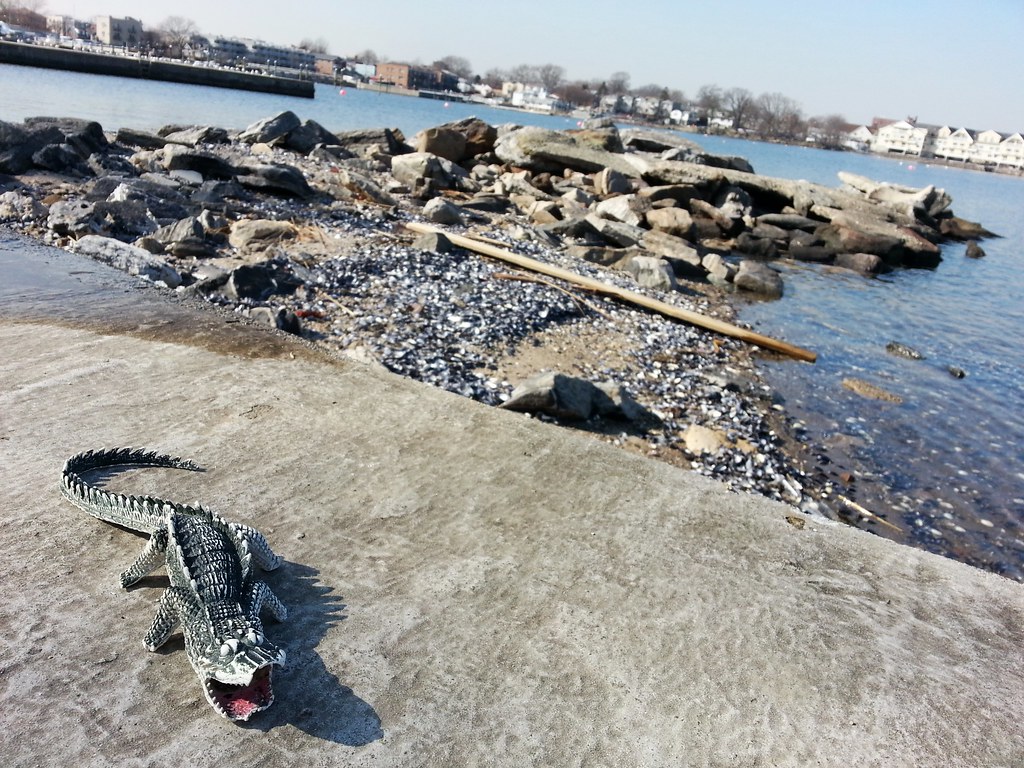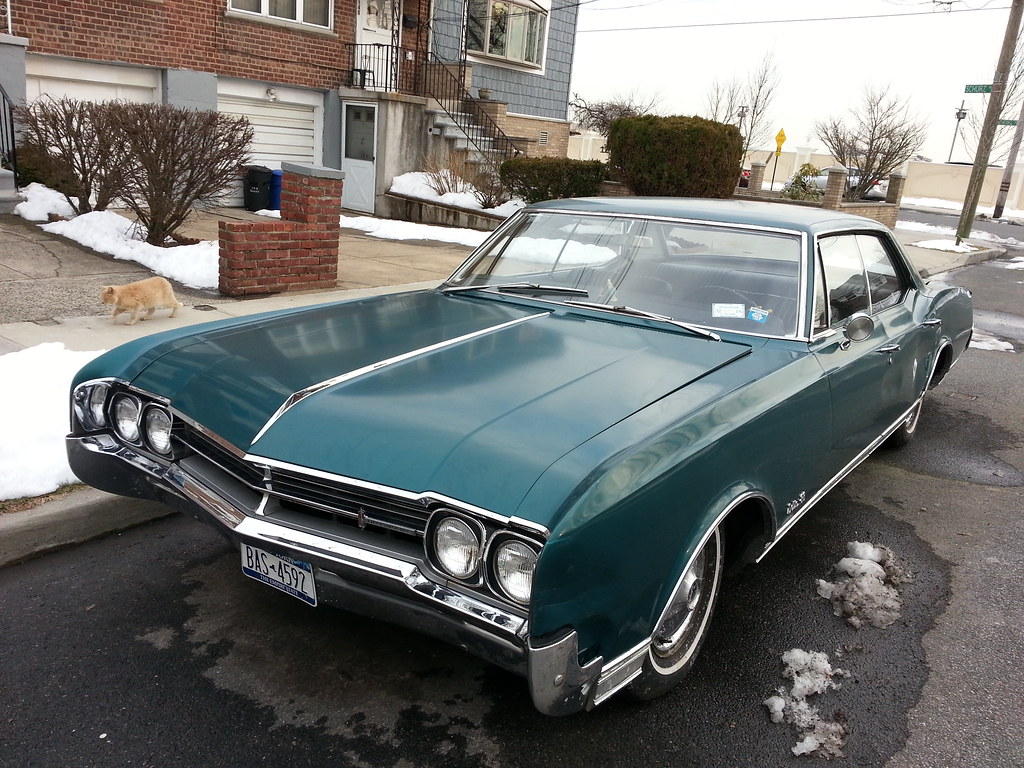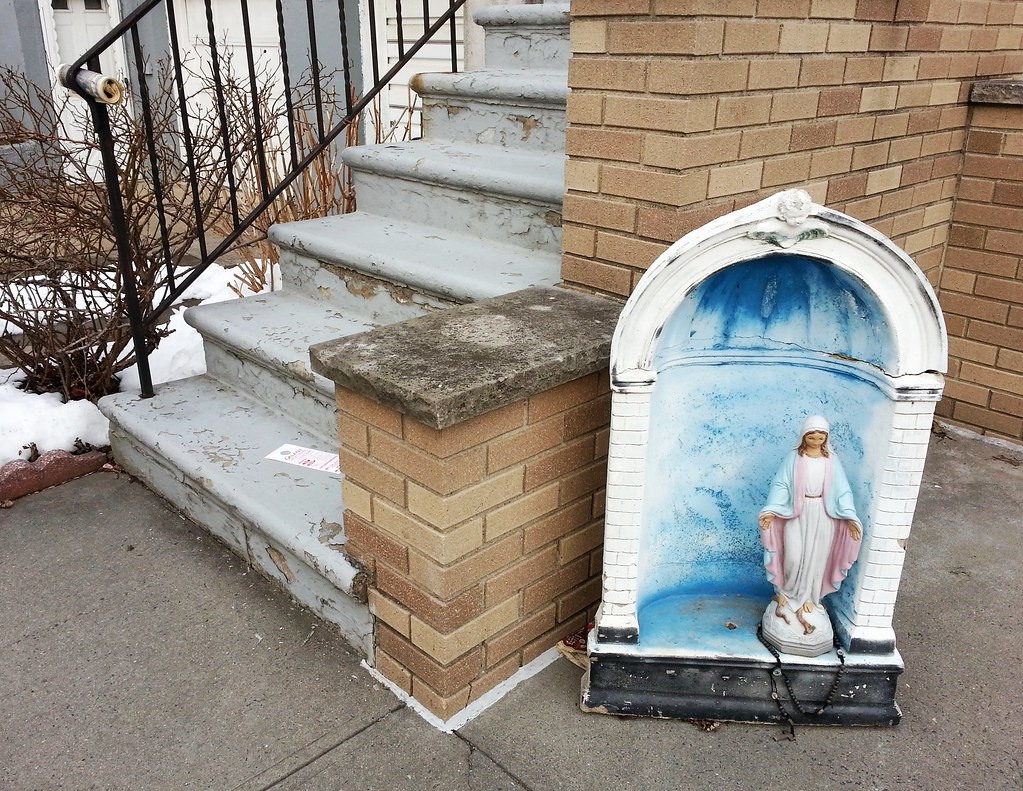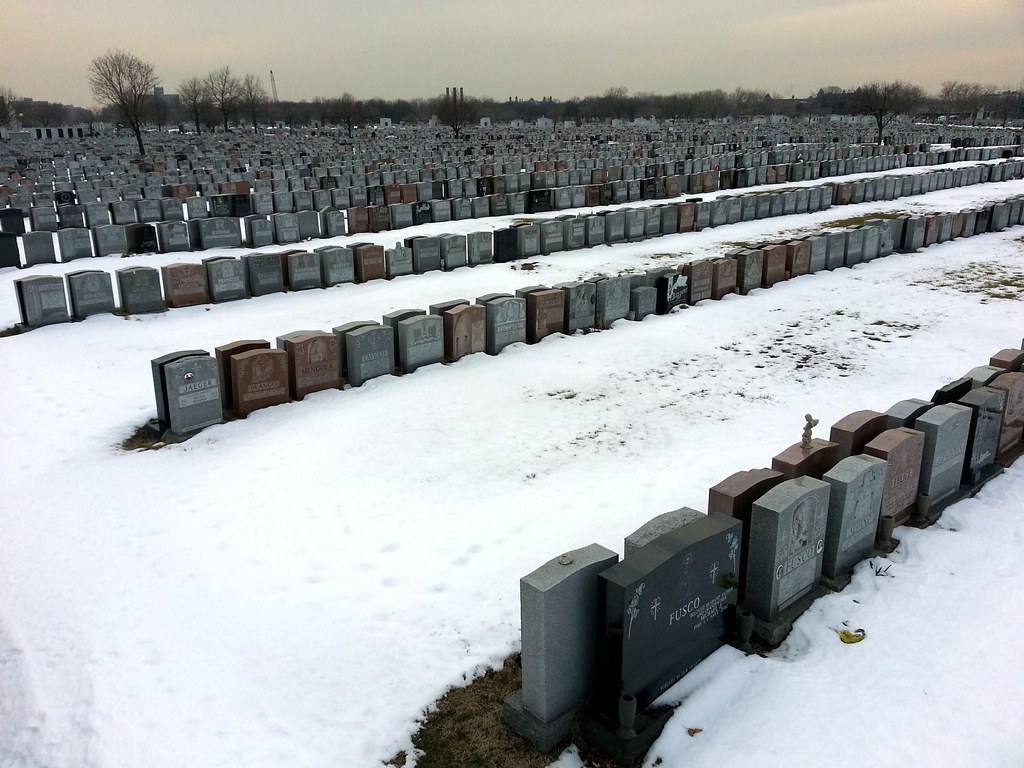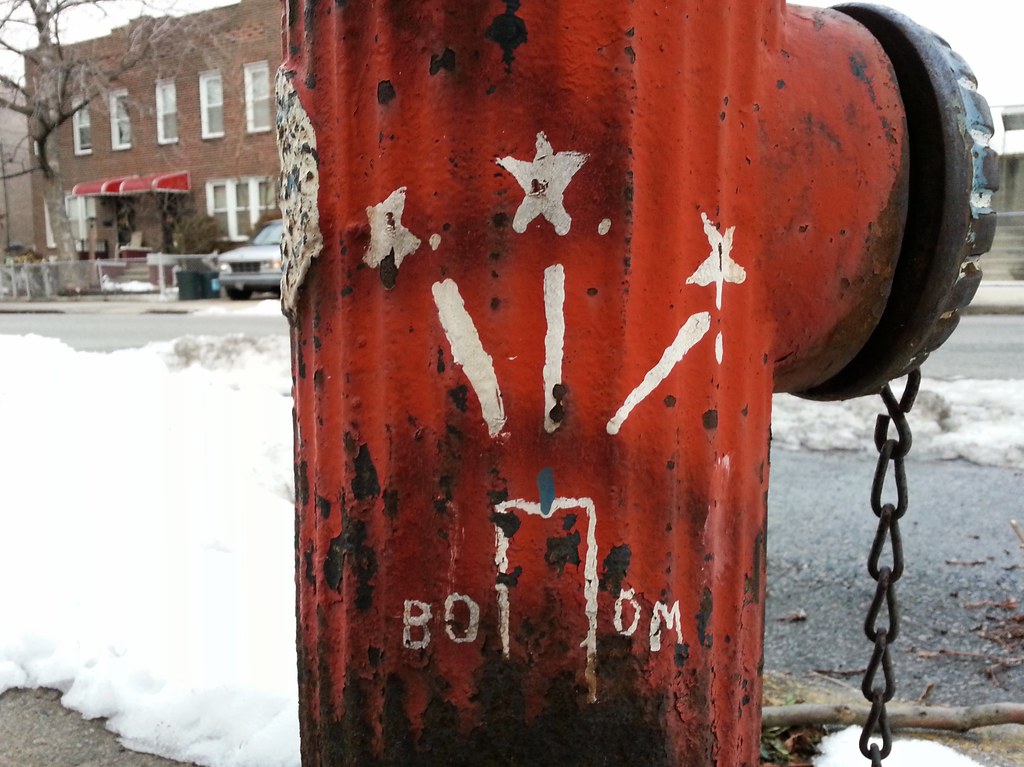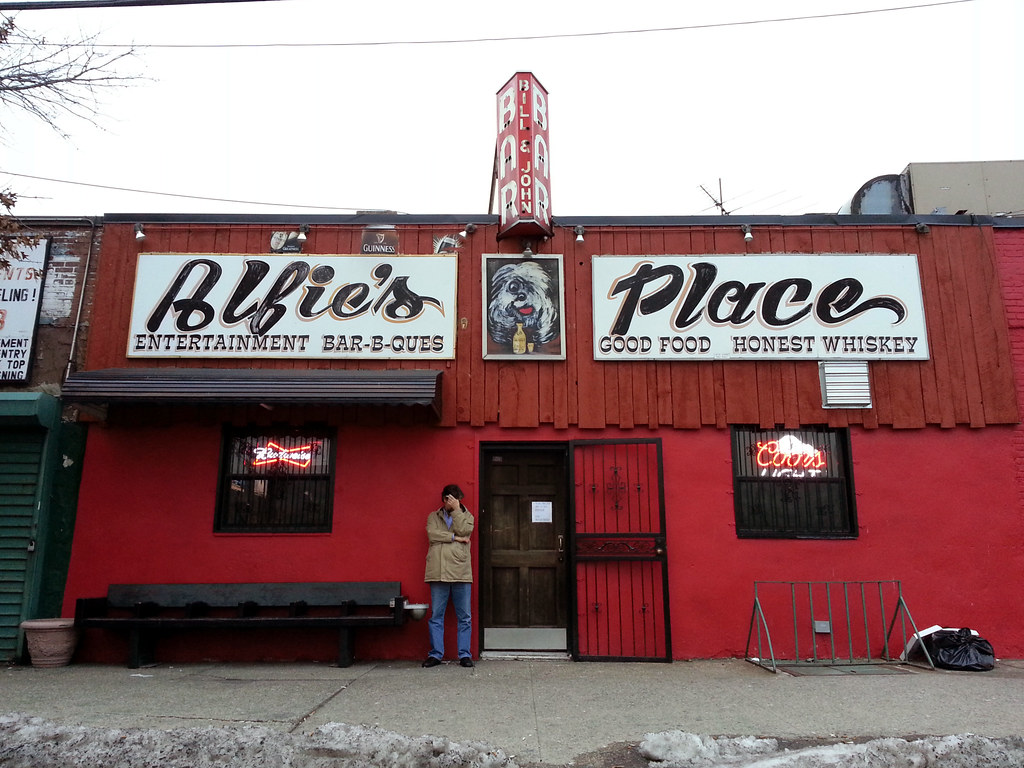
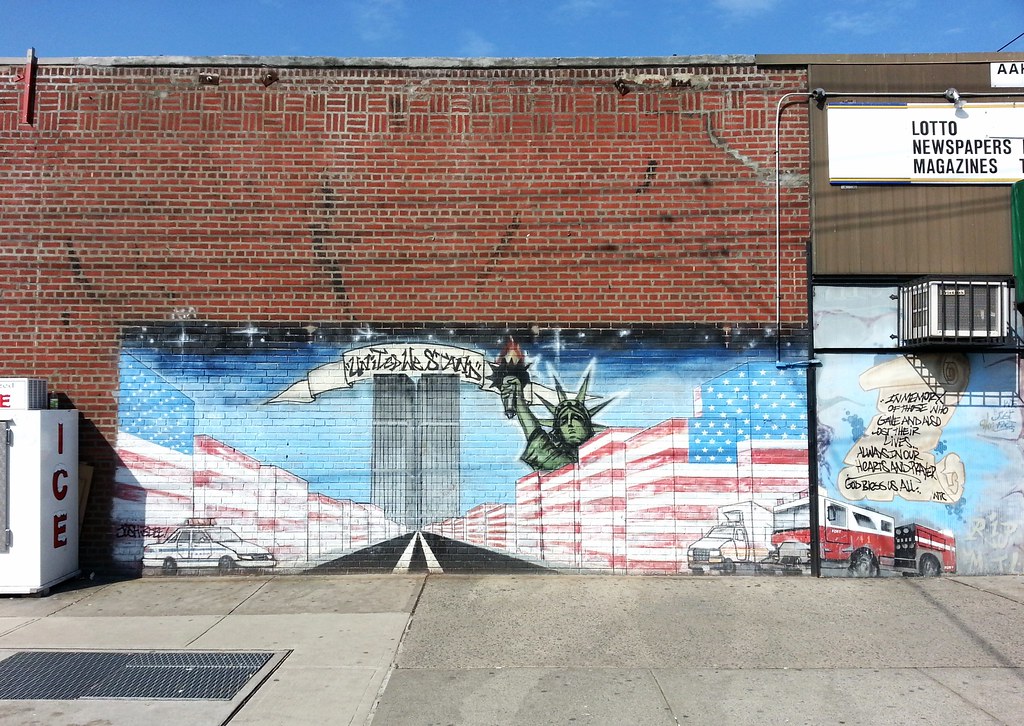
Whoops! Thought this was a new one, but it turns out we've been here before.
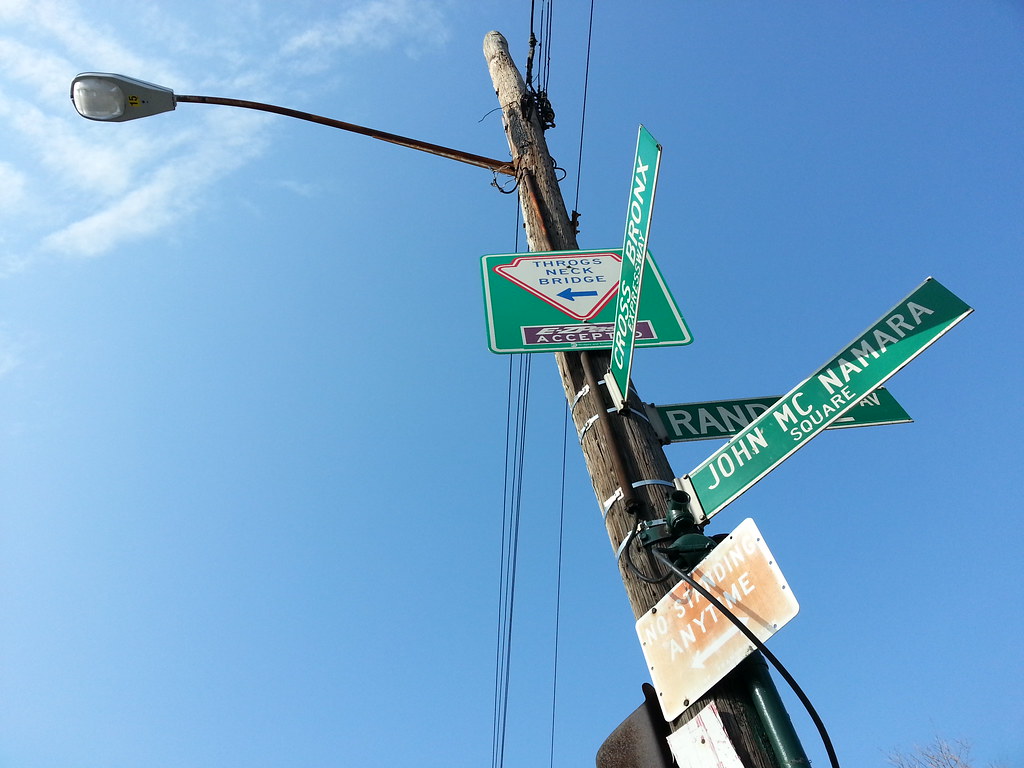
This is a fitting tribute to the Sage of the Bronx, whose 1978 book History in Asphalt explains the origin of every street name in the borough, and whose interest in such matters was piqued by the street signs that started to appear around the Bronx in the 1920s when he was a kid. "I wondered where they came from, those names", he once told a reporter for the NY Times.
The City Council approved the naming of this little parklet in 1985, making Mr. McNamara, who died in 2004, one of the few New Yorkers to be honored in this way while still alive. After all, who else could so fully appreciate seeing his name on a street sign? Here are two photos from the Sage's last visit to his namesake square, just a couple of weeks before he passed away.
(As far as I know, this had nothing to do with anything, but it seems appropriate that Mr. McNamara's square should be adjacent to Randall Avenue, which calls to mind — though is not named for — another great Bronx historian: Randall Comfort.)

Here we are once again on the narrow, winding streets of this bayside Bronx neighborhood that first began to take shape in the 1920s as a summer resort community of tents and other makeshift dwellings. As the NY Times tells it:
In 1923, when Richard W. Shaw Sr., the first of four generations of Shaw landlords, bought the property, only one house stood out: a great stone mansion that overlooked pastures, swamps and, of course, the water.
During the summer he permitted church groups, Boy Scouts and, later, workers from New York City to pitch tents or build rustic cottages on what became known as Edgewater Camp.
"As kids, we'd go see cows grazing and then go down to the farmhouses nearby and steal tomatoes and squash," said John McNamara, a 72-year-old Bronx historian and former Edgewater resident, who recalls lazy summers of courting schoolgirls in canoes and walking three miles to the nearest trolley into town.
"We lived in wooden-sided tents with canvas tops," he said. "We had no electricity, just kerosene stoves. It was a real pioneer community."
In the 1930's, the Great Depression forced many of the summer residents to sell their homes in the city. They winterized their Edgewater bungalows with newspapers, cardboard boxes and other crude insulation. A permanent community was born.
For all its scenic beauty, Edgewater is a planner's nightmare, with neither building codes nor zoning laws. Fire hydrants sprout in backyards, a reminder of how the early residents simply ignored the street grid the city had planned for them.
The result is a jumble of 675 single-family houses shoehorned into 55 acres of land, elbowing one another on 30-by-50-foot plots.
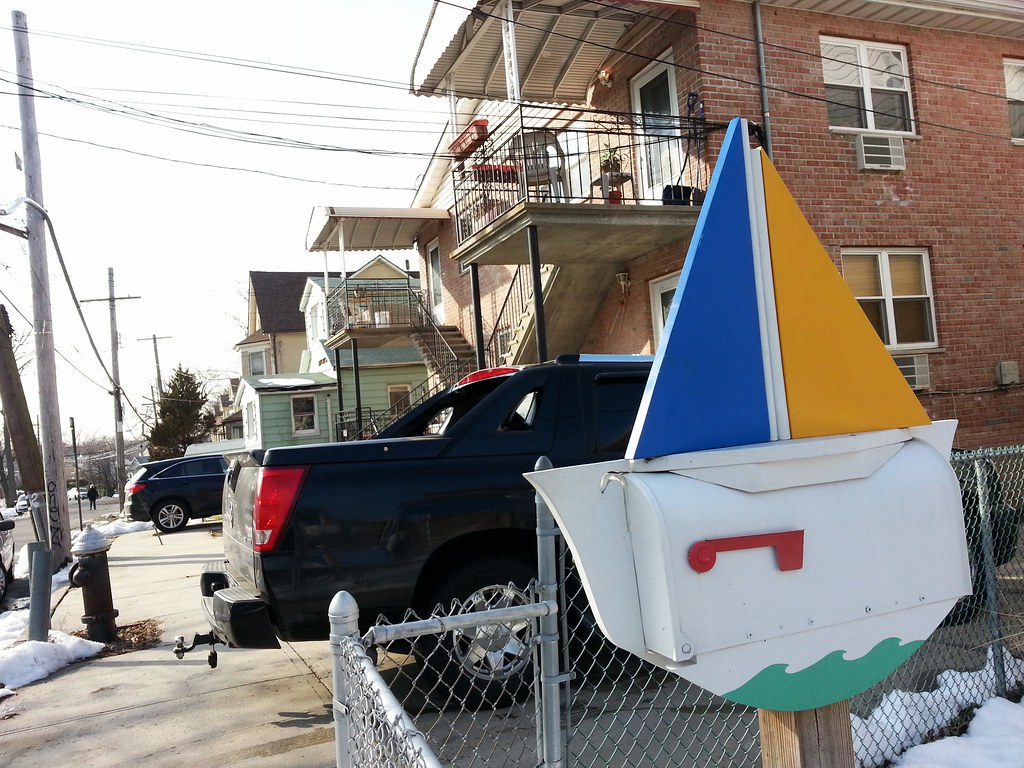
Wait, isn't the awesome mailbox count up in the 70s?
It is indeed, but this mailbox is replacing the former #56, which is no longer awesome. Details here!

And a parrot! (It's sitting on top of the railing above the nest.) Brooklyn is more famous for its little green Quakers, but there are plenty up here in the Bronx, too. This nest in the Throggs Neck Houses (two g's!) is located almost two miles from the known parrot stronghold of Pelham Bay Park.
UPDATE: It turns out that wild parrots have been living in Throggs Neck for some time. Their main colony in the area is about three-quarters of a mile away at the Little League ball fields.
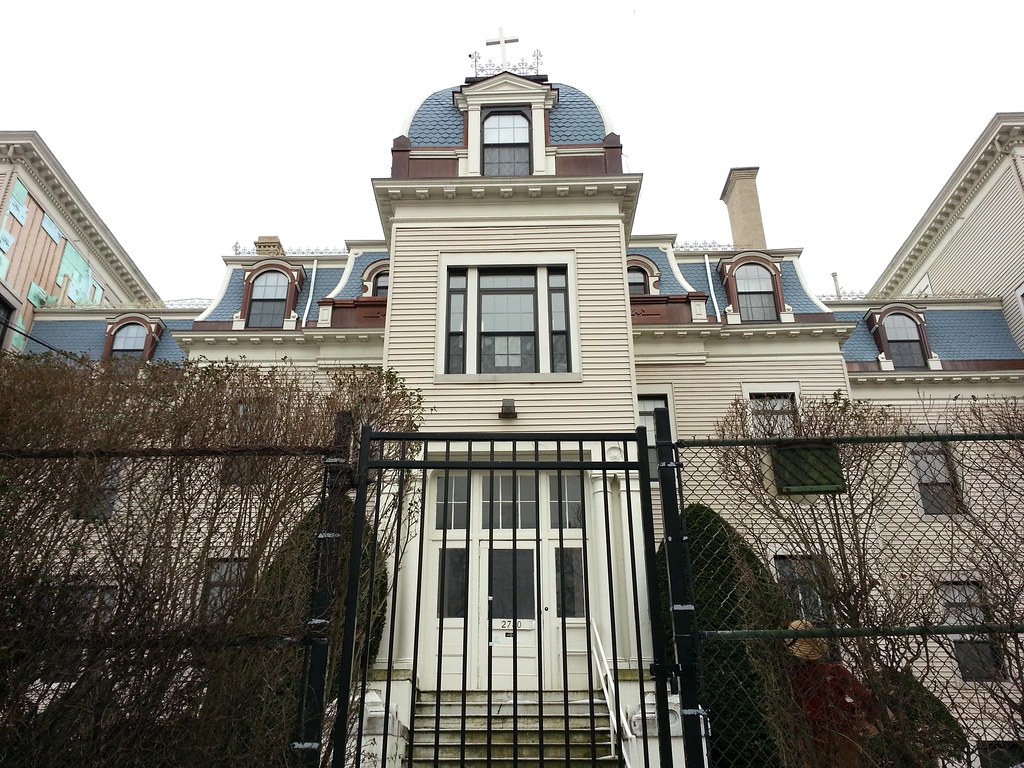
This Catholic girls' school building was originally Beau Rivage, the summer home of sugar magnate Frederick C. Havemeyer Jr.

